Thorsten Kaufmann has worked at Mackevision for nearly 15 years, working his way from Junior 3D Artist to Production Pipeline Architect across the company’s numerous studios and projects. We spoke to Thorsten to learn about the challenges faced when building pipelines for complex commercial projects, and to discuss his predictions for the future of the industry.
Can you please tell us a little about your background?
I was introduced to computers when my father bought a used Commodore 64 for my brother and me one Christmas. It all started from there. When we got a PC, I quickly fell in love with point-and-click adventure games. My friends and I soon wanted to create our own adventures. Everybody brought a piece of the puzzle to the table: one bought Deluxe Paint II, one bought a handheld scanner, one bought Turbo Pascal, and so on.
Turbo Pascal 7.0 was the first language I wrote code in. Later on, I started coding basic 3D demos and went on to use DCCs; the first was 3D Studio DOS R2. After finishing school (and working in a musical instrument shop), I took my Digital Film Diploma at SAE Institutes. After that, I started freelancing at Gallery of Media (which has since become Mackevision Munich). I started as a junior 3D artist at Mackevision Stuttgart in January 2005.
I always wanted to be on the art side of the industry. However, over the years, I’ve slowly moved to the technology side. It feels a little like going back to my roots with Turbo Pascal!
What does your day-to-day involve at Mackevision?
Truth be told – the Pipeline Architect role cannot be mapped to a single typical day! I am in the Global Production Technology Team, and we oversee Development Teams and Production Technology as a whole across all of Mackevision’s offices. We consider ourselves enablers for both the production floors and the development departments. We also take care of core systems (like ftrack or Rez) used in production and development.
Currently, I’m working on our global deployment strategy, on our ftrack setup, and with several teams who develop our production systems and client solutions. Some of my tasks are also related to our integration into Accenture. Other Pipeline Architects are working as product owners for pipelines or tools used in our pipelines.
In what ways have you witnessed production pipelines grow and evolve over the years?
Having started at Mackevision as the fourth 3D artist, I saw our pipeline setup grow from “Hey Dieter, can you please write a script for this?” to over 100 developers spread across many sites.
Our development workflows went from fighting the fire whenever needed to managing agile SCRUM teams and support teams. We now run interconnected web services instead of writing information into art files or sidecar files. Operations and IT work is more of a necessity in handling today’s requirements.
We are also trying to shift our own USPs from being tightly integrated into DCCs to be more DCC agnostic, which will reduce vendor lock-in and dependency on specific tools. This also helps us serve our client needs in a more flexible, adaptive way.
In a broader sense, technology is developing fast, and new solutions like containerization or real-time engines need to be integrated quickly and without introducing too much technical debt. The playing field has certainly grown a lot wider and more diverse over the years. It’s great, but also a big challenge.
I’ve also enjoyed seeing the industry start to adhere more to standards, but at the same time, I am disheartened by how slow this can happen. See Python 3 adoption, for instance.
What are some of the other challenges pipeline architects face in their work?
There has been a staggering increase in both content types needed and the amount of content or variation of content required.
Pipeline architects need to target new technologies like real-time engines and produce more content for traditional channels, while at the same time working to adopt new solutions that align with advertising trends such as the increased desire for personalized content.
Agile methodologies help us to react and adapt to these kinds of changes quickly. However, you face other challenges in interacting with stakeholders, like clients or management, which often would like to see two-year waterfall plans. Forming products, tools, and pipelines that align with the desires and perspectives of all stakeholders, artists, salespeople, and clients – as well as compliance – is a big hurdle that all pipeline architects must overcome.
What will disrupt production pipelines in the coming years. How can architects prepare?
Real-time is huge, but it’s hard to tell how it will play out.
Simply put, it’s hard to prepare for the unknown. It definitely helps to keep up with the latest developments in all areas and to make sure you also stay in touch with your network of developers. Fostering communication and collaboration is key to staying ahead of the curve.
Things are perhaps a little different for us at Mackevision, compared to your “typical” VFX shop, as we deal with a lot more delivery types than “just” content. We often also develop and operate systems on behalf of our clients to serve content on demand for end-users, for example. We also maintain and update the content we produce over long periods. For automotive clients, that can be many years. It must be said that maintaining visual consistency and technical correctness in content is something that we at Mackevision excel at.
However, due to our assets being structured differently and also having to adapt to client timelines in very different ways, we often have problems adopting “off the shelf” tools. We often need to customize or adapt to make sure we deliver the best work possible. Having that versatility is critical in moving forward and tackling the new challenges posed by this industry.
What have you learned over the past 14 years that could help new pipeline architects?
Technical debt is real – and hard to get rid of. Try to prevent technical debt creeping into your codebase wherever possible. It’s much harder to remove challenging code than to prevent it in the first place.
Think ahead of your current requirements and limitations. And be brave: don’t be afraid to let go of ideas that seemed great at the time, but turned out not to live up to the expectations. It’ll be annoying in the short-term, but hugely beneficial in the long run.
How do you make use of ftrack at Mackevision?
We are long-time users of ftrack. We have integrated it in many different ways and have a lot planned for it in the future. It helps us to monitor the status of our projects and the time spent on them, handle reviews and approvals of assets, track assets, and more. Mackevision’s use of ftrack varies a lot across different business units, as the requirements and limitations of the projects vary so greatly.
Have you customized ftrack at all to automate or simplify any processes at Mackevision?
We’ve done a great deal, both with ftrack and for ftrack, and we have even more planned. ftrack’s API allows us to integrate with ftrack from artist machines and render nodes, while Actions and Events enable us to extend the ftrack web interface and add additional functionality to the UI. We’ve also written many Actions to create reports of all different varieties.
As mentioned, the way we use ftrack is very different depending on the type of project. In creative projects, we integrate tightly through the API to manage assets and versions, perform reviews, and so on. The main reason being the amount and structure of assets involved with these projects and how we create them and work with them. It would be a considerable overhead to track the status on an asset level in an automotive project, for example, without a tool like ftrack helping us along.
More from the blog
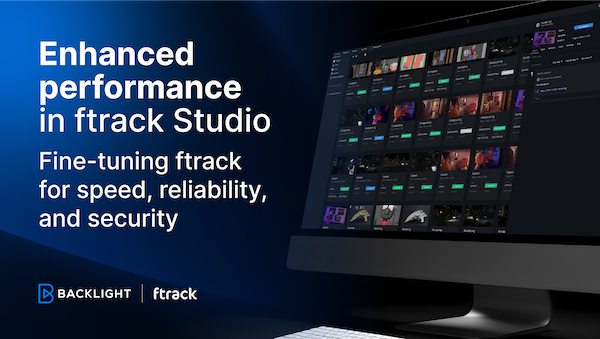
Enhanced performance in ftrack Studio: Fine-tuning for speed, reliability, and security
Chris McMahon | API, Developer, New features, Product, Productivity, Studio | No Comments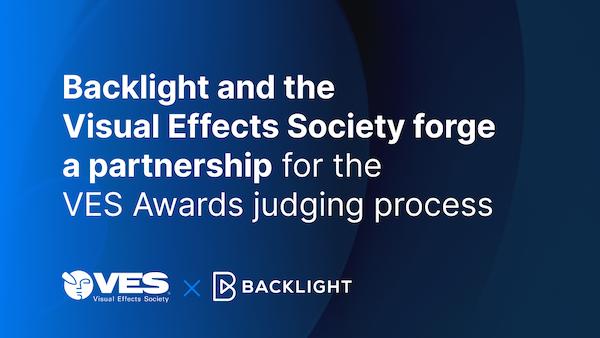
Backlight and the Visual Effects Society forge a partnership for the VES Awards judging process
Kelly Messori | Case Study | No Comments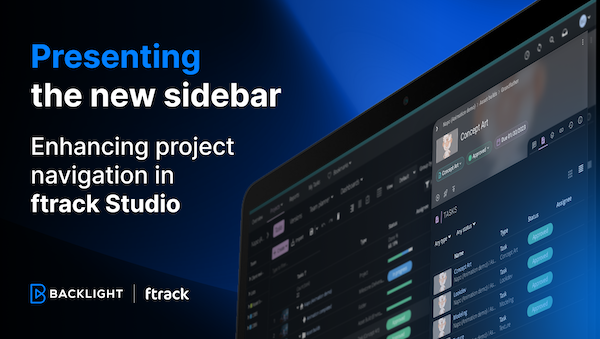
Presenting the new sidebar: Enhancing project navigation in ftrack Studio
Chris McMahon | New features, Product, Release, Studio | No Comments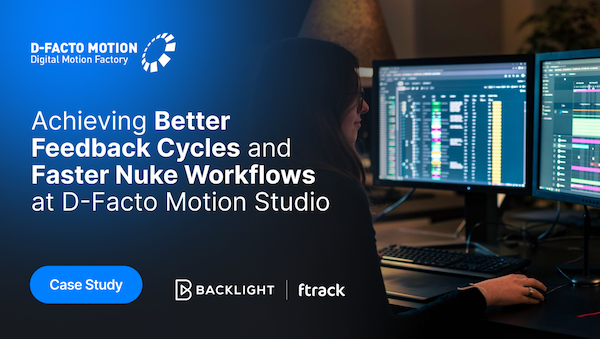
Achieving Better Feedback Cycles and Faster Nuke Workflows at D-Facto Motion Studio
Kelly Messori | Case Study, Studio | No Comments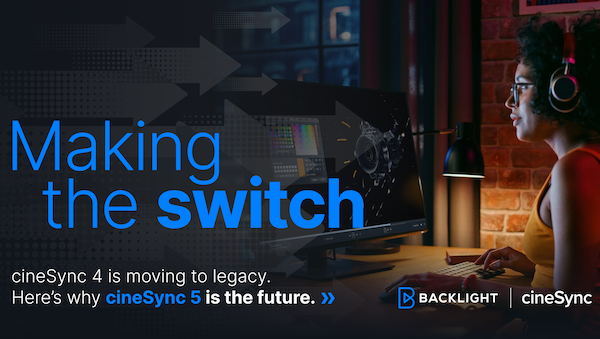
Making the switch: The transition to cineSync 5
Mahey | Announcements, cineSync, News, Product | No Comments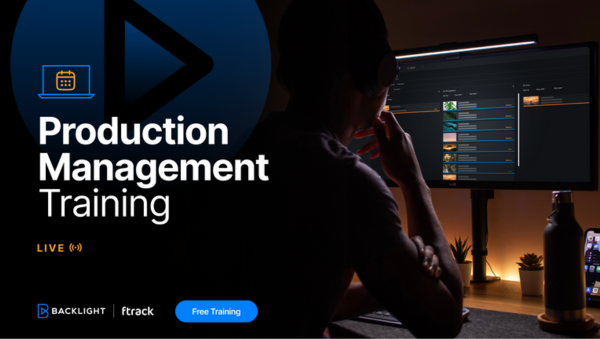
Supporting Your Studio: Free ftrack Studio Training and Office Hours from Backlight
Kelly Messori | News | No Comments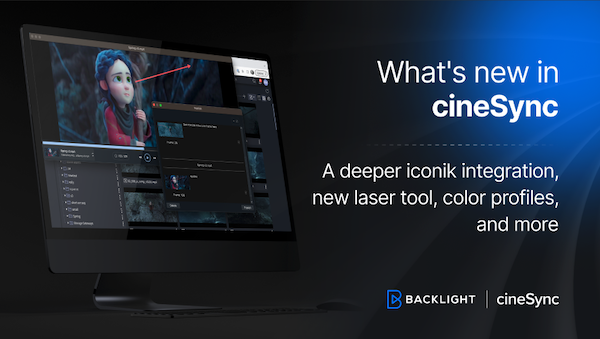
What’s new in cineSync – a deeper iconik integration, laser tool, OTIOZ support, and more
Chris McMahon | cineSync, New features, Product, Release | No Comments












